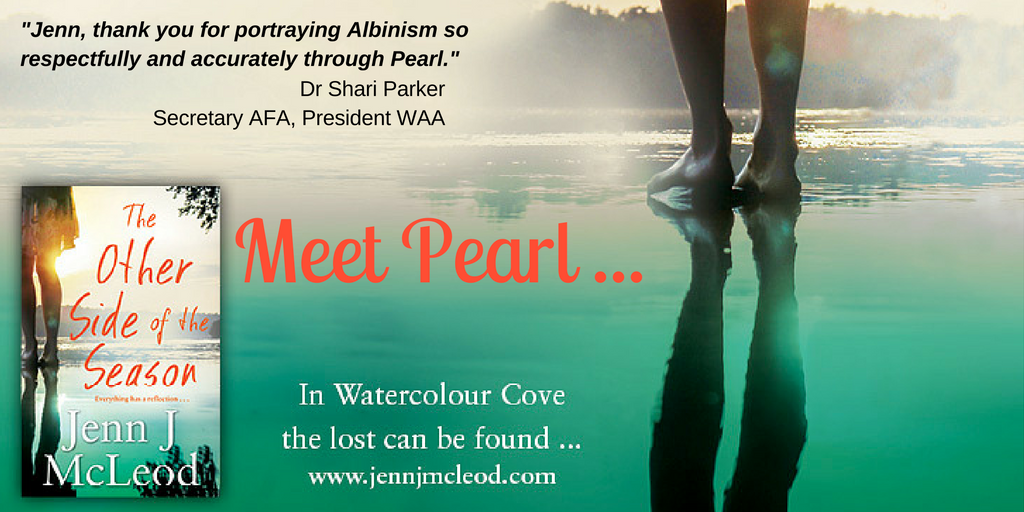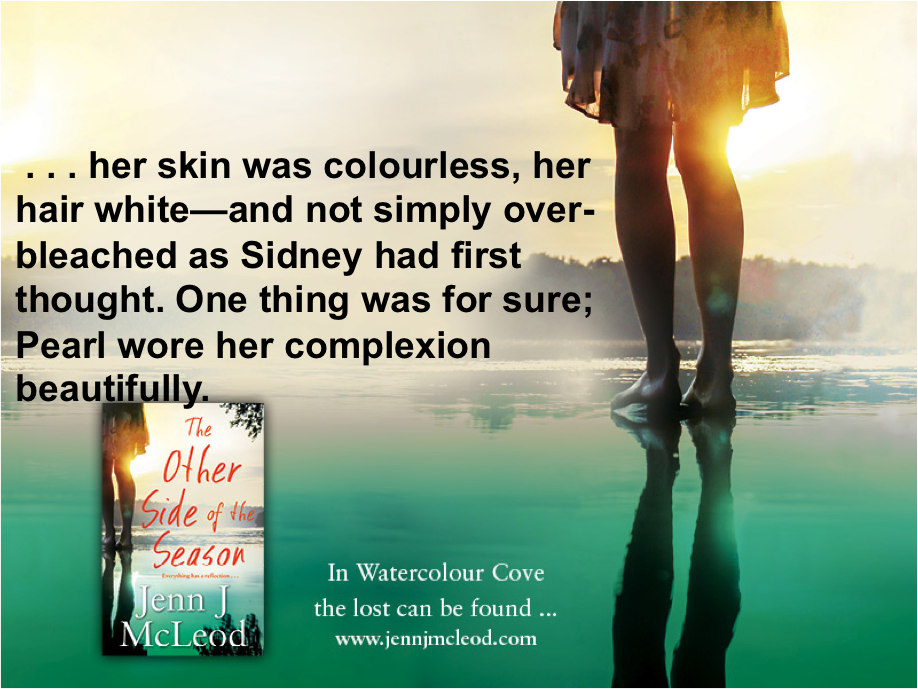
I emailed Jo Jo Moyes recently. I wanted to tell her how much I enjoyed reading Me Before You, but more importantly, that I loved the wonderful way she portrayed her character, Will Traynor (and by that I mean bringing a leading man with a significant physical disability into mainstream fiction).
Of course, Jo Jo is not the first writer to do this. Many authors, myself included (with Will ‘Wheels’ Travelli in my 2013 debut novel House for all Season), have included character traits that are not deemed as ‘the norm’ for their male/female romantic fiction couple. By not following the traditional/safe route when it comes to creating characters readers love, authors do take a risk. Some of you might be shaking your heads in disbelief, but I received two scathing comments about my Will being in a wheelchair (anonymous Good Reads type comments). They sure were a blow to this debut author. But I picked myself up and I’ve since written three more books, each time ensuring there is a character in the story who refuses to be defined by their physicality.
As I found out, even Jo Jo was heavily criticised by disability groups who felt the portrayal of her Will portrayed a negative view of life for those living with quadriplegia.
In my 4th novel, The Other Side of the Season, I have both a leading man who suffers incomplete paraplegia, and Pearl — a person with albinism. The idea for Pearl came to me after reading a Ramp Up interview with Dr. Shari Parker. A fierce advocate, Shari (along with others) are striving to change the way people with albinism are perceived by the broader community. (This perception often influenced by movies/TV.) With the pen being mightier than the sword, there’s no better place to add weight than in our fiction novels. If thoughtfully done, novels (and movies) can tackle ‘different’ respectfully and kindly. They can be a starting point for opening dialogue on various subjects and provide a safe place in which to learn.
With the pen being mightier than the sword, there’s no better way to weigh in than in our fiction novels. If thoughtfully done, novels (and movies) can tackle ‘different’ respectfully and kindly. Sensitively and accurately portrayed, characters can be a starting point for opening dialogue on various subjects and provide a safe place in which to learn.
But . . . “Let’s get the facts straight,” as Shari Parker says in an interview. “In popular culture, people with albinism are often depicted as evil or supernatural.” [She] wants to set the record straight about the condition and remind others that widespread inaccuracies about albinism should be challenged wherever they appear.
I totally agree, but is Hollywood getting the message? According to an online source: “…from 1960 to 2006 there were 68 films released featuring an evil albino, with 24 of these appearing between 2000-2003. In comparison, there were only a handful of movies with albino characters that were sympathetic in nature, and many of these characters were used primarily for comedic value, ie: giving the characters stupid nicknames and making repeated gags about their skin condition.” And these movies were not small. They were significant in terms of box office success. (eg Including The Da Vinci Code and Cold Mountain.)
Incredibly, as recently as 2013, The Heat (starring Sandra Bullock and Melissa McCarthy) included largely negative, inappropriate, and even a few disgusting one-liners that ridicule a character cast as an Albino. This sort of depiction only serves to reinforce misunderstandings, societal prejudice, and discrimination. And don’t think it’s only crime/cop shows. In Ice Age: Dawn of the Dinosaurs, the main antagonist, named Rudy, is cast as the albino Baryonyx who is vicious and vindictive, unlike the other dinosaurs. Okay, so every good story needs conflict and a great antagonist and it’s easy to fall back on stereotypes.
Easy for the writer, perhaps. Hurtful for those being portrayed.
It’s not hard to write well-rounded, emotionally complex characters with disabilities who are not defined solely by those disabilities.
I like to challenge myself as an author—be it character, setting or structure—to make my stories stand out. This, along with and Shari’s interview, is why I decided to create Pearl in The Other Side of the Season. And I’ve received so many lovely messages from readers about her (and her relationship with Jake). She was intended to take on a secondary role, but like Alice in Season of Shadow and Light (also mean to be a secondary character when I wrote her in), readers have warmed to Pearl, even asking me to give her a story of her own. I don’t like using the word disability. I prefer the word extraordinary—and Pearl certainly is that—making her special, while still portrayed her as a regular girl.
I don’t like using the word disability and I don’t play up differences. I prefer to use the word extraordinary to describe some character traits. Pearl certainly is that—making her special, while still portrayed her as a regular girl.
And in case you’re going to ask . . . I found a list on Good Reads that has 395 books listed as being a romance with a disabled (substitute ‘extraordinary’) hero/heroine.
Have you enjoyed a story that has an extraordinary character? Let me know.
My choice is most definitely the Jo Jo Moyes novel, Me Before You. I do intend seeing the movie soon, but for now, I am very happy to let Jo Jo’s beautiful characters and the imagery her words created linger a little longer in my mind.
 Meet Will in House for all Seasons
Meet Will in House for all Seasons
 Meet Alice in Season of Shadow and Light
Meet Alice in Season of Shadow and Light
 Meet Pearl and David in The Other Side of the Season
Meet Pearl and David in The Other Side of the Season

 Meet Pearl…
Meet Pearl… You might have noticed I thanked Dr Shari Parker in my acknowledgements. If you Google the name, or go to the
You might have noticed I thanked Dr Shari Parker in my acknowledgements. If you Google the name, or go to the 
